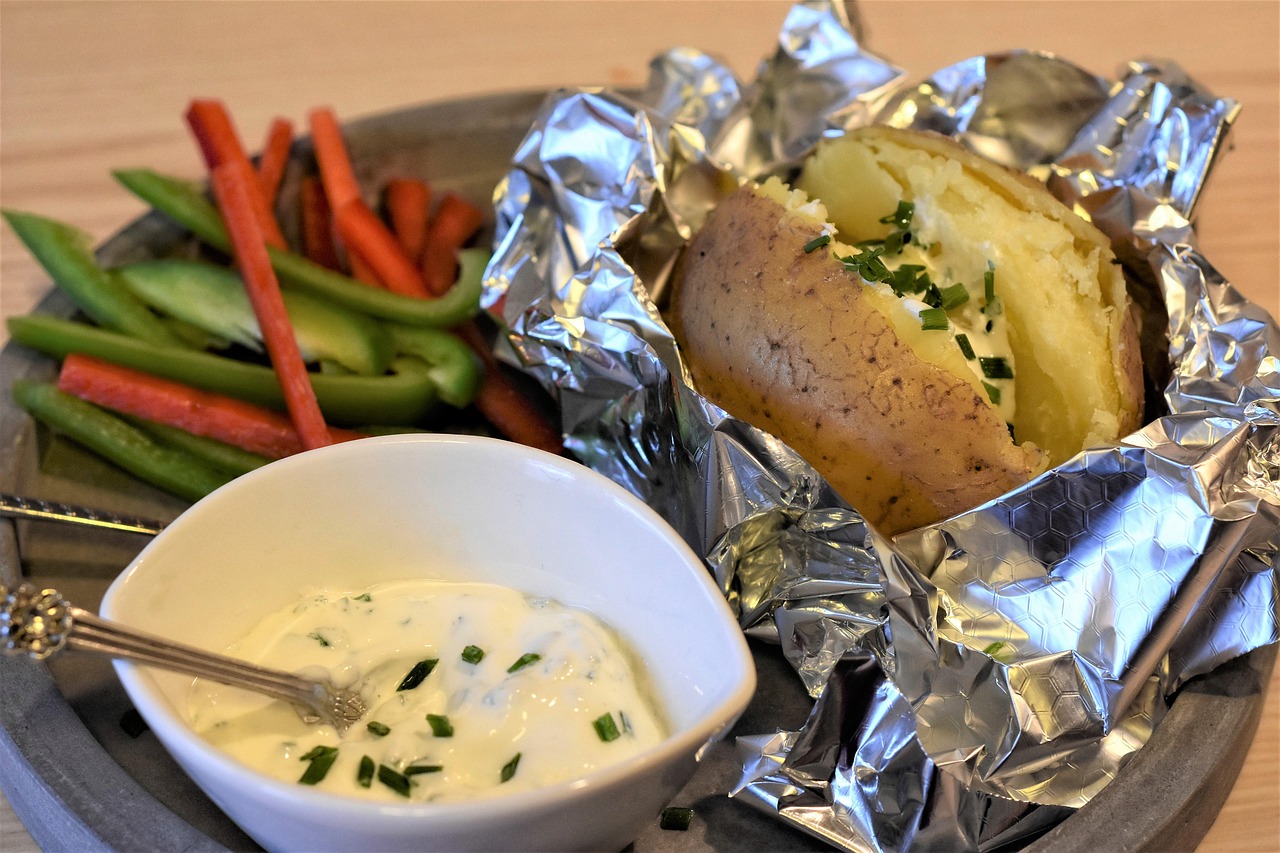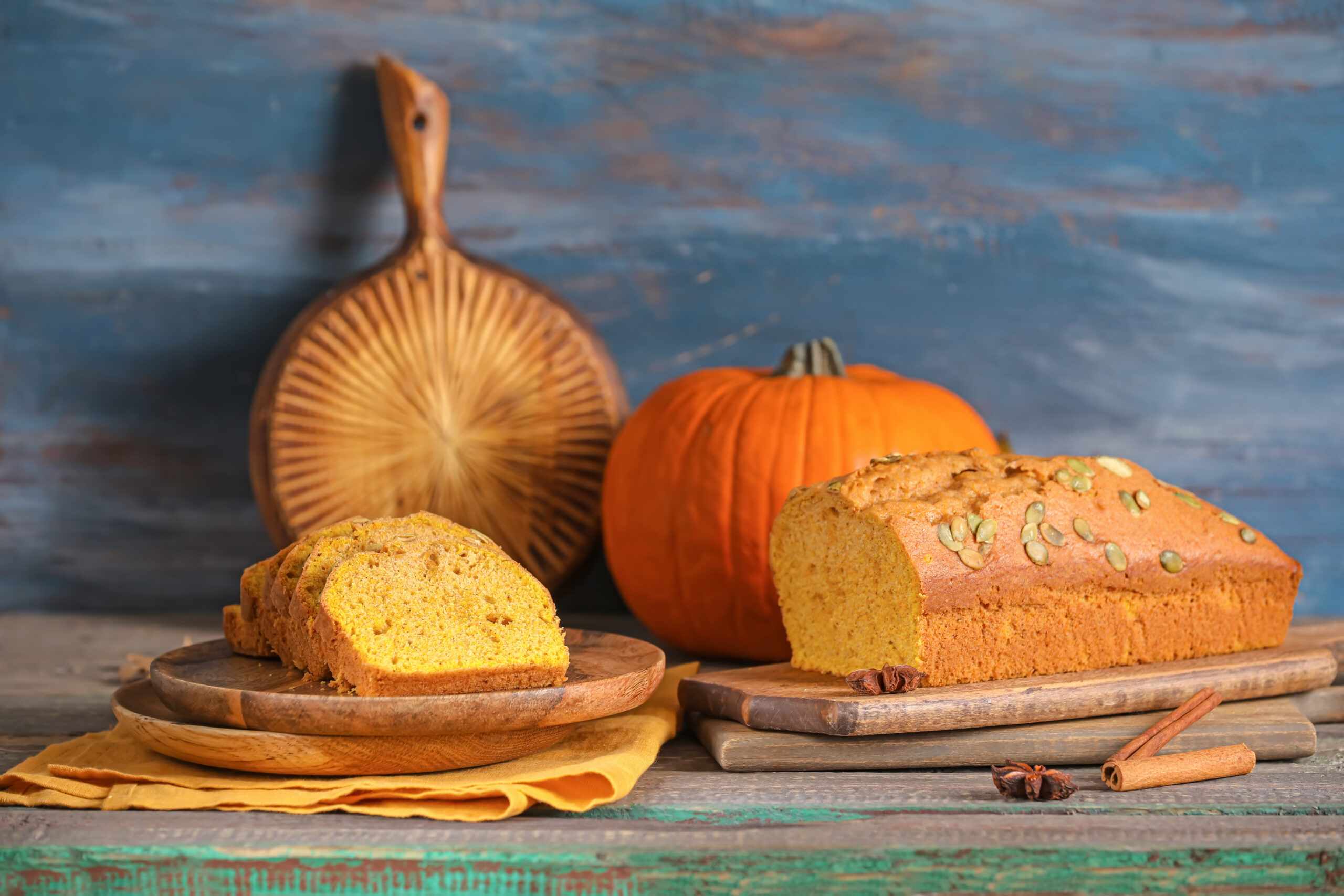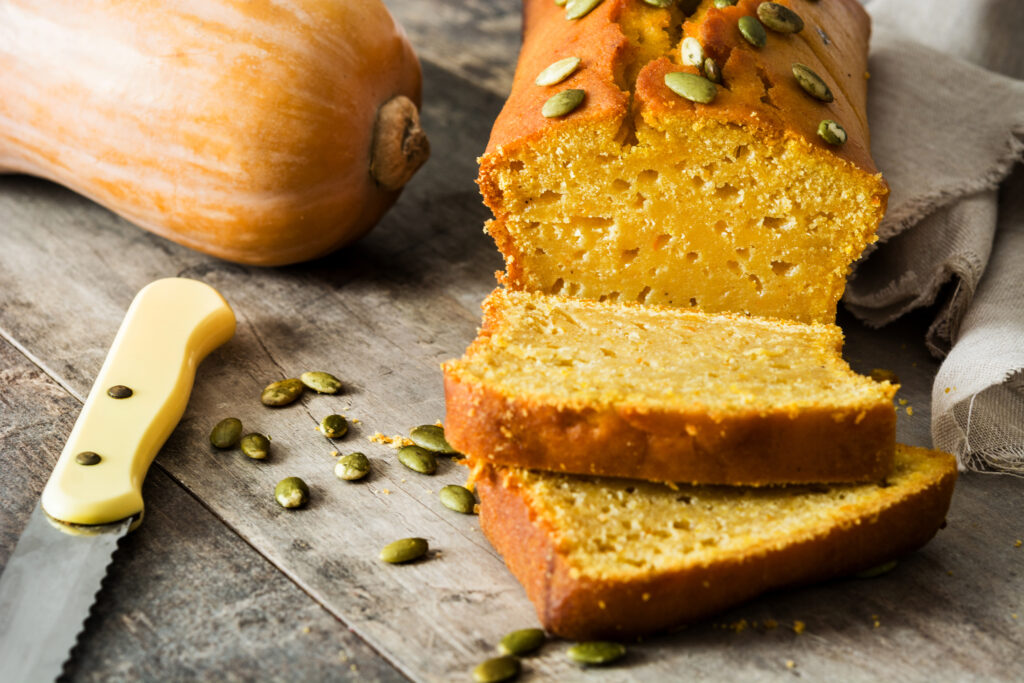- LIFE
Perfect Spuds How Long to Microwave a Baked Potato


Pumpkin bread is a beloved seasonal treat that combines the rich, earthy flavors of pumpkin with the warmth of spices, creating a comforting loaf that’s perfect for autumn and beyond. While it’s a straightforward quick bread to make, achieving the ideal texture and flavor can sometimes be elusive. This article will delve into the nuances of pumpkin bread, offering troubleshooting tips, flavor enhancements, and creative variations to ensure your loaf is nothing short of perfection.
Baking pumpkin bread can sometimes lead to unexpected results. Whether your bread turns out too dense, too dry, or fails to rise, understanding the common pitfalls can help you achieve the perfect loaf.
One frequent issue is a dense loaf, often caused by overmixing the batter. To prevent this, mix just until the dry ingredients are moistened. Another problem is a soggy middle, which can result from underbaking. Use a toothpick to check for doneness; it should come out clean or with just a few moist crumbs.
If your pumpkin bread lacks flavor, consider increasing the amount of spices or using fresh pumpkin puree instead of canned for a fresher taste. For those struggling with bread that doesn’t rise, ensure your baking soda and powder are fresh and properly measured.

The texture of pumpkin bread is a crucial aspect that can significantly affect the eating experience. Striking the right balance between moistness and density requires careful attention to ingredients and techniques.
1. Choose the Right Flour: Opt for all-purpose flour for a balanced structure. Whole wheat flour can be used for a denser texture but may require additional liquid.
2. Control the Moisture: Use the right amount of pumpkin puree; too much can make the bread overly moist. A standard recipe usually calls for one cup of puree.
3. Mind the Mixing: Gently fold wet and dry ingredients together to avoid overdeveloping the gluten, which leads to a tough texture.
The quality of pumpkin puree can significantly influence the flavor of your bread. While canned pumpkin is convenient, using homemade puree can elevate the taste and texture.
To make your own puree, roast or steam fresh pumpkin until tender, then blend until smooth. This method enhances the natural sweetness and depth of flavor, setting your pumpkin bread apart.
Baking gluten-free pumpkin bread requires specific substitutions and techniques to ensure a loaf that’s just as delicious as its gluten-filled counterpart.
1. Almond Flour Base: Almond flour provides a nutty flavor and moist texture. Combine with tapioca starch for better structure.
2. Oat Flour Blend: Use a blend of oat flour and rice flour for a lighter loaf. Ensure oats are gluten-free certified if needed.
3. Coconut Flour Option: Highly absorbent, coconut flour requires more liquid and eggs. Use sparingly and adjust wet ingredients accordingly.
Spices are integral to the flavor profile of pumpkin bread, adding warmth and complexity. A well-balanced spice mix can transform a simple loaf into a gourmet treat.
The classic blend includes cinnamon, nutmeg, ginger, and cloves. For a twist, consider adding cardamom or allspice. Adjust the quantities to suit your taste, starting with 1 teaspoon of cinnamon and 1/4 teaspoon each of the others.
Incorporating chocolate chips into your pumpkin bread adds a delightful sweetness and texture contrast. For best results, use semi-sweet or dark chocolate to complement the spiced pumpkin flavor.
Fold the chips into the batter gently to avoid overmixing. Alternatively, sprinkle some on top before baking for a visually appealing finish.
Understanding the difference between baking soda and baking powder is essential for successful baking. Baking soda requires an acidic component to activate, while baking powder contains its own acid.
For pumpkin bread, both are often used: baking soda for browning and baking powder for rise. Ensure your leaveners are fresh to achieve the best texture.
Achieving a fluffy rise in pumpkin bread involves mastering quick bread techniques. Start by ensuring all ingredients are at room temperature, which helps them blend more evenly.
Preheating your oven is crucial for an initial rise. Pour the batter into the pan and bake immediately to prevent the leaveners from losing their effectiveness.
For a classic pumpkin bread recipe, combine 1 cup pumpkin puree, 2 large eggs, 1/2 cup vegetable oil, and 1 cup sugar. In another bowl, mix 1 3/4 cups all-purpose flour, 1 teaspoon baking soda, and spices. Combine wet and dry ingredients, pour into a greased loaf pan, and bake at 350°F for 50-60 minutes.
Enhance your pumpkin bread with creative add-ins like chopped walnuts, pecans, or dried cranberries. These additions not only add texture but also complement the pumpkin and spice flavors.
Experiment with different combinations to find your favorite mix. Add about 1/2 cup of mix-ins to the batter for a balanced loaf.
Sweeteners play a significant role in the flavor and texture of pumpkin bread. Maple syrup offers a natural sweetness and subtle flavor, while sugar provides structure and sweetness.
Pros and Cons: Maple syrup adds moisture and a unique taste but can make the batter too wet, requiring adjustments to dry ingredients. Sugar is straightforward but lacks the depth of flavor maple syrup provides.
Proper storage ensures your pumpkin bread stays fresh and moist. Once cooled, wrap the bread tightly in plastic wrap or store in an airtight container. It can be kept at room temperature for up to three days.
For longer storage, freeze the bread by wrapping it in foil and placing it in a zip-top bag. Thaw at room temperature for a few hours before serving.
While pumpkin bread is often associated with fall, it can be adapted for any season. In spring, add lemon zest for a bright flavor. Summer calls for fresh berries, while winter is perfect for adding a hint of peppermint extract.
These variations keep pumpkin bread exciting and allow you to enjoy it year-round.